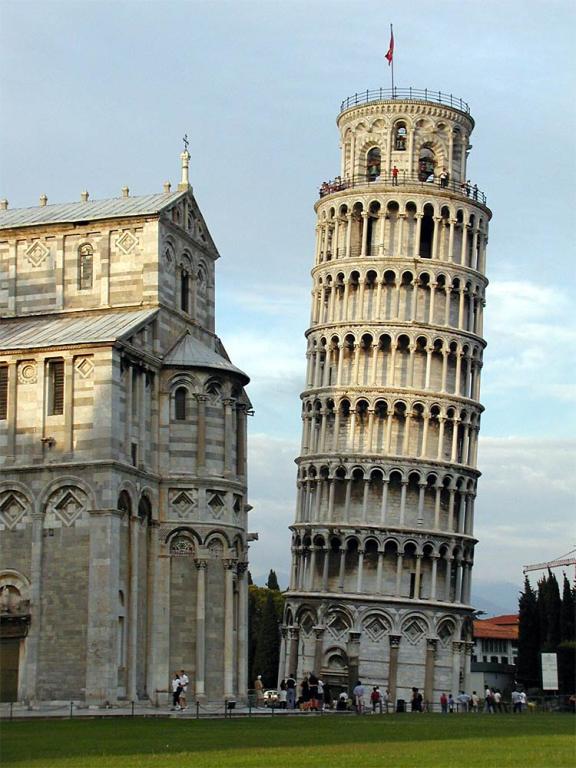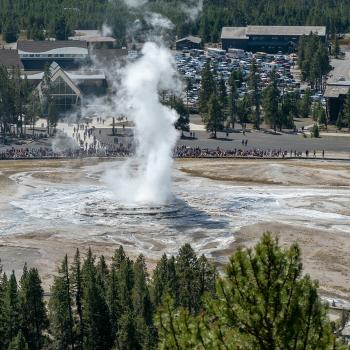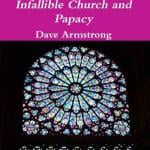
Just up, in Interpreter: A Journal of Latter-day Saint Faith and Scholarship, by Amanda Colleen Brown:
“Subtle Hebraic Features in the Book of Mormon”
Review of Donald W. Parry, Preserved in Translation: Hebrew and Other Ancient Literary Forms in the Book of Mormon (Provo, UT: Religious Studies Center, Brigham Young University, 2020). 171 pages. Hardback, $19.99.
Abstract: Donald W. Parry combines a lifetime of insights about the Old Testament and Book of Mormon into one volume. Written for a non- academic audience, this book will provide a glimpse into some of the Book of Mormon’s literary complexities that originate from Hebrew grammar and style.
***
In response to a blog entry that I posted the other day under the title of “Running through the forest with the Book of Mormon plates,” this blog’s resident atheist, who goes by the moniker gemli, posted a somewhat witty comment:
I suspect that the actual plates were a lot lighter, given that they didn’t exist. I myself have run with nonexistent objects weighing as much as 83 pounds, and I was not slowed down in the least.
I replied as follows:
The historical evidence that they existed is overwhelming. But gemli disdains historical evidence, and his dogmatic assertions have never been slowed down by that disdain in the least.
Gemli’s rejection of historical data as a source of knowledge or even information (at least at any point where it might conflict with the atheism that he adopted several decades ago, in his early teens) has been abundantly demonstrated in many scores of comments here. He has since answered me, in this particular case, with the following:
There is no historical evidence as such, so to call what evidence does exist as “overwhelming” is to make the word meaningless. There is a single story of an incredible event with spiritual beings and golden plates, but there is no evidence for any of these things that would actually certify their existence. The attestations of people who were in on the game, and who did not see angels or directly view or handle golden plates, are the opposite of evidence.
However, I repeat my assertion: The historical evidence for the existence of Joseph Smith’s plates is overwhelming. Numerous witnesses saw them, felt them, “hefted” them, examined them plate by plate, heard them scrape with a metallic sound against one another. Dozens and dozens of extant statements to that effect, from multiple sources in many venues, are available and easily accessible.
Gemli, it must be said, is both unfamiliar with them and avowedly uninterested in such statements. He imagines, for instance, that there is only “a single story,” and he appears to be unaware that multiple witnesses did in fact declare that they saw an angel and that they directly viewed and handled the plates.
No counter-suggestion of mass hallucination or of a deceptive cabal has proven even remotely plausible. (Gemli’s casual reference to “people who were in on the game” is historically uninformed, driven by ideological necessity rather than historical evidence. There is zero evidence of conspiracy and abundant evidence of sincerity and credibility.) That is why non-believing historians such as Ann Taves acknowledge the existence of the plates. That is why even Dan Vogel, who is hostile to the claims of Joseph Smith, has proposed that fake plates were manufactured out of tin in order to fool the yokels.
That Joseph Smith had some very odd and entirely tangible and substantial metal objects in his possession in the late 1820s — particularly but not solely the golden plates of the Book of Mormon — is, in my (quite) informed judgment, beyond serious question. The question that does remain concerns their nature and their origin. Were they authentic? Fake? Ancient? Modern?
Gemli’s apparent notion that historical questions are to be decided on the basis of dogmatic preconceptions (“an incredible event”) rather than by historical evidence is no more valid than was the apparent belief of the conventional “scientists” of Galileo’s day that the question of the velocity of falling objects was to be settled by a reading of Aristotle’s Physics rather than by experimentally testing it.
Gemli continues (and concludes) with the following:
I’m not picking on your religion in particular, because every religion begins with the same kind of story. You’d think that angelic beings and gods who are eager to spread a message of salvation and routinely appear to all and sundry would do a better job of it. The fact that not a scrap of real evidence exists for any of these claims should suggest that gods and angels are human surrogates that we invent. But ordinary humans who were monkeys 10 minutes ago on the evolutionary timeline might be inclined to personify their own desire not to die and invent such stories for fun, and more than anything else, profit. If a real god wanted people not to die, we wouldn’t die. Period. But religions don’t make that claim, for obvious reasons. Only claims that cannot possibly be examined or certified to be true are at the heart of every religion. There is no tangible evidence, and there never will be.
I won’t bother with his claim that, as a person who was, in his language, a “monkey 10 minutes ago on the evolutionary timeline,” he knows what the unstated intermediate goal of a functionally omnipotent and omniscient mind is and that that far superior mind could have done “a better job of it” and should have dealt with death differently, according to that recently-graduated monkey’s standard. Politeness and charity oblige me to silence.
Here, I’m interested instead in gemli’s repeated assertion — advanced not merely in this particular comment but, in essentially the same language, in many, many earlier comments — that “not a scrap of real evidence exists.”
The fact is that evidence doesn’t disappear simply because a person closes his eyes and puts his fingers in his ears. Children sometimes think that, if they put their heads under their pillows, the bogeyman will go away. But that’s probably not true. If bogeymen were real, they most likely wouldn’t vanish merely because little Tommy closed his eyes really, really tight and covered his head with his pillow.
It’s my sense, too, that gemli routinely conflates evidence with proof.
We commonly and meaningfully speak of “insufficient evidence” and of “conflicting evidence,” which suggests that, in ordinary common usage, evidence can exist when proof is lacking and even that evidence can point to the truth of propositions that are, in fact, ultimately untrue. Sometimes the evidence gathered by law enforcement points to the wrong suspect. Clyde’s fingerprints can be found at the murder scene and Clyde can be discovered to own a gun of the right caliber — and yet, in the end, it may be proven that it was actually Claude who committed the crime.
Moreover, at any given moment there may be inadequate evidence to prove a true proposition beyond a reasonable doubt.
People who watch Law and Order should be well aware of this: Sometimes there isn’t enough evidence, at least at first, to convict a criminal whom the police “know” to be guilty. And there are plenty of examples in the sciences: Albert Einstein, for instance, published his general theory of relativity in full mathematical detail in 1916, but it wasn’t “proven” until Arthur Stanley Eddington’s observations of a total solar eclipse three years later, in 1919. Georges Lemaître originated the idea of the Big Bang (or, as he called it, “the hypothesis of the primeval atom”) in 1927, but that idea wasn’t “proven” until 1964, when Arno Penzias and Robert Wilson serendipitously discovered the cosmic microwave background radiation. Fermat’s Last Theorem, formulated in 1637, was true for over three and a half centuries before Andrew Wiles was able to prove it so in the last decade of the twentieth century.
I understand those who find the evidence for the Book of Mormon and/or for the existence of God insufficient. I can respect such a stance, even while regretting it and disagreeing with it. But to say that there is no evidence at all that is suggestive of the authenticity of the Book of Mormon or the reality of God? That is considerably more difficult for me to take seriously or, frankly, to respect.
Posted from St. George, Utah











